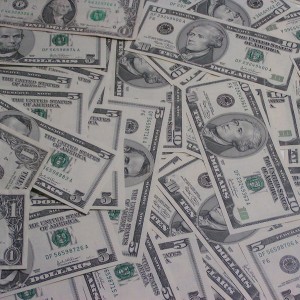
Will this be the year when the Fed’s quantitative easing program finally ends? For a long time, many analysts were proclaiming that the Fed would never taper. But then it started happening. Then a lot of them started talking about how “the untaper” was right around the corner. That hasn’t happened either. It looks like that under Janet Yellen the Fed is quite determined to bring the quantitative easing program to a close by the end of this year. Up until now, the financial markets have been slow to react because there has been a belief that the Fed would reverse course on tapering the moment that the U.S. economy started to slow down again. But even though the U.S. middle class is in horrible shape, and even though there are lots of signs that we are heading into another recession, the Fed has continued tapering.
Of course it is important to note that the Fed is still absolutely flooding the financial system with money even after the announcement of more tapering on Wednesday. When you are talking about $55,000,000,000 a month, you are talking about a massive amount of money. So the Fed is not exactly being hawkish.
But when Yellen told the press that quantitative easing could end completely this fall and that the Fed could actually start raising interest rates about six months after that, it really spooked the markets.
The Dow was down 114 points on Wednesday, and the yield on 10 year U.S. Treasuries shot up to 2.77%. The following is how CNBC described the reaction of the markets on Wednesday…
Despite a seemingly dovish tone, markets recoiled at remarks from Yellen, who said interest rate increases likely would start six months after the monthly bond-buying program ends. If the program winds down in the fall, that would put a rate hike in the spring of 2015, earlier than market expectations for the second half of the year.
Stocks tumbled as Yellen spoke at her initial post-meeting news conference, with the Dow industrials at one point sliding more than 200 points before shaving those losses nearly in half. Short-term interest rates rose appreciably, with the five-year note moving up 0.135 percentage points. The seven-year note tumbled more than one point in price.

